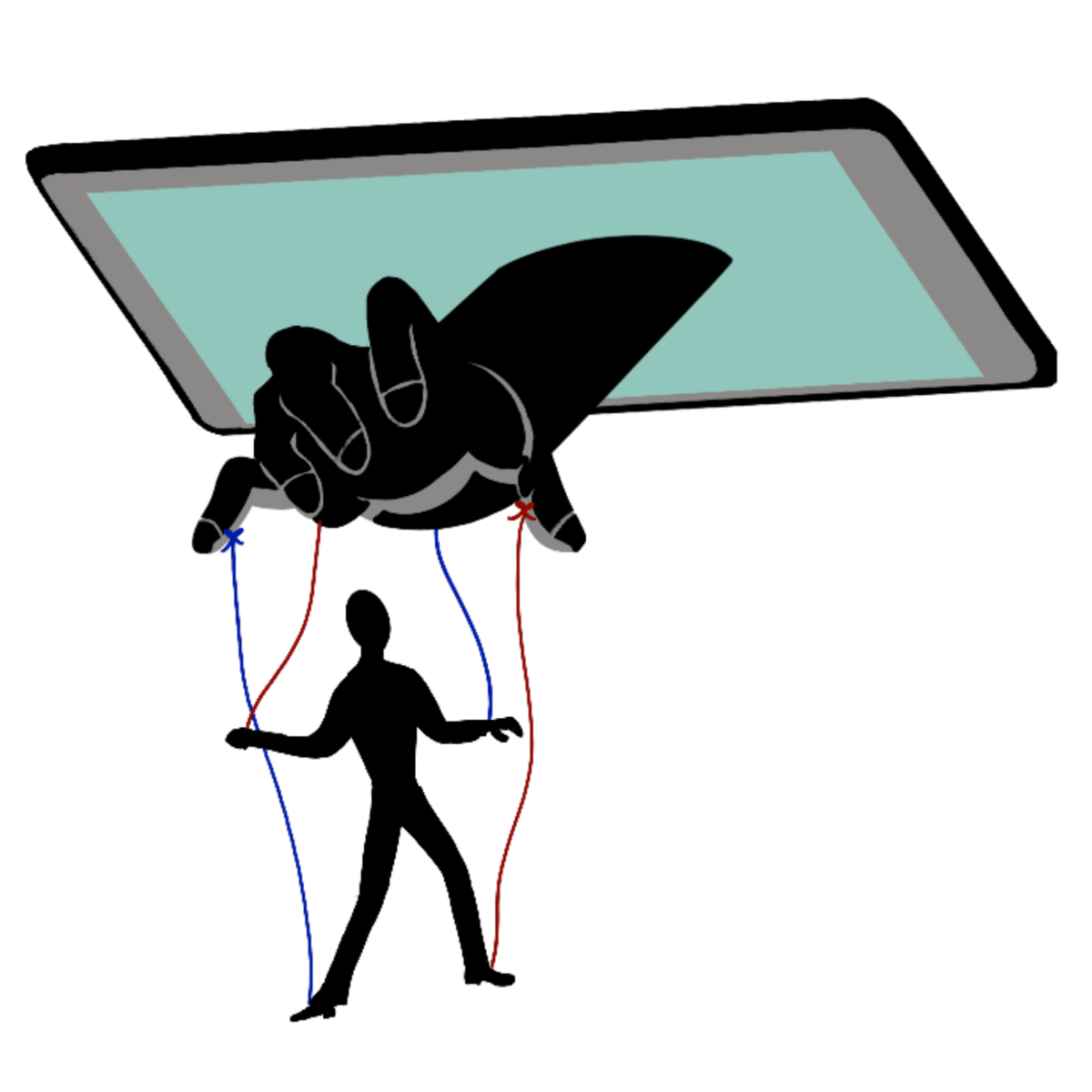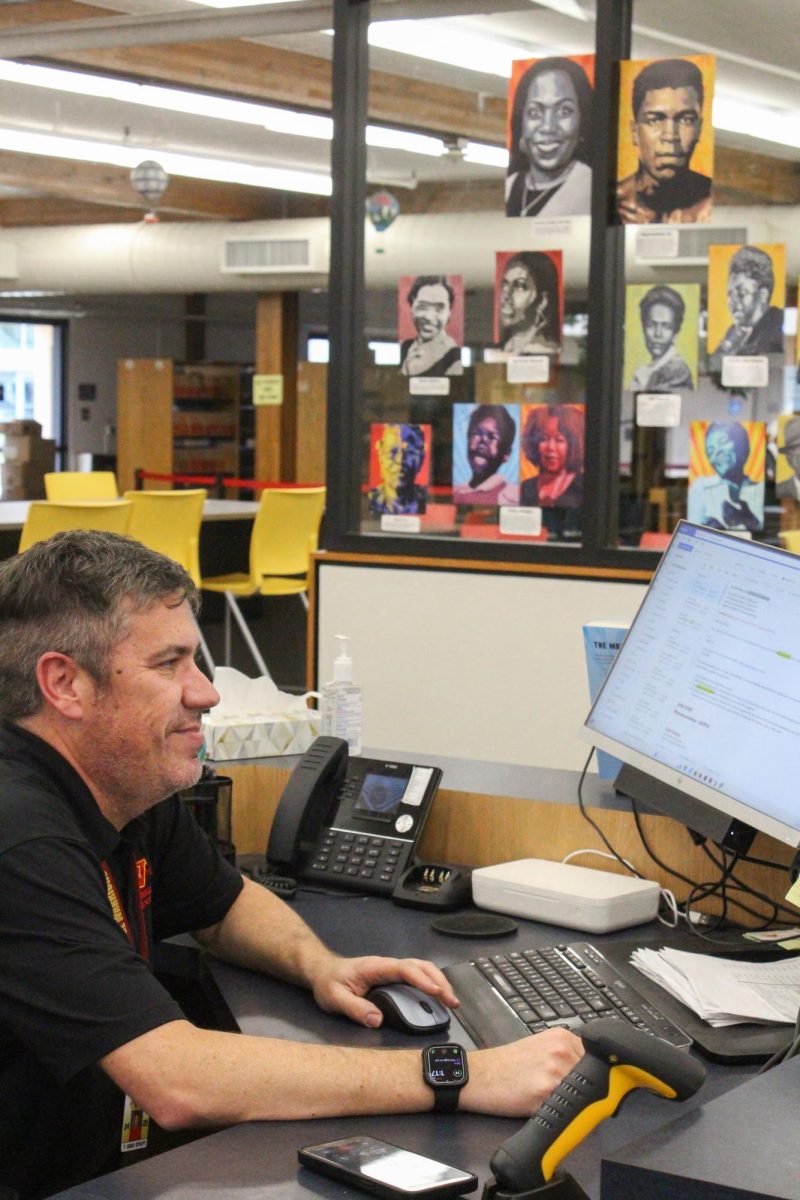With this generation of youth being the first to grow up with social media, students at Woodbridge High have the ability to expose themselves to policies that affect their future.
According to Pew Research, over 40% of Americans between 18 and 29 receive their news from social media.
“I follow a lot of political pages on social media, like Instagram, Twitter and TikTok,” senior Rachel Nguyentu said.
Social media, unlike journalism, has allowed the audiences to create their own viewing experiences. However, politically active Woodbridge High students and staff do not solely use social media to keep themselves informed in politics.
History teacher Wesley Banh brings up how social media can create personal echo chambers. A study at New York University’s Stern School of Business concluded that although social media is not the root cause of polarization, it does help facilitate it through the use of platform algorithms.
Those politically active on campus also keep in mind the bias of certain news sources.
“If you want really unfiltered news, I wouldn’t recommend Fox or [Cable News Network (CNN)] because they both represent their political ideologies at a very radical level,” senior Eric Shin said.
Computer science doctoral student Hanjia Lyu studied the subtle differences in the language news display on certain topics. For instance, when discussing abortion, a notable conservative news outlet called Reason typically uses the term “abortion law” while a notable liberal news outlet called CNN typically uses the term “abortion rights.”
Shin, Nguyentu and Banh recommend cross referencing sources to determine credible sources.
“For trustworthy sources, I’d start with the Associated Press (AP) and Reuters, since the former is a nonprofit and the latter has existed since [the] mid-1800s,” Banh said.
Students are taking a lead in political activism. Woodbridge High currently has a club called Turning Point USA, which encourages students to talk about politics.
In the events leading up this year’s presidential election, Kamala Harris and Donald Trump both utilized social media as a way to call attention to their plans for the next four years. Nguyentu recalls Harris’ use of “brat summer” on TikTok, a notable tactic she used to appeal to younger audiences. James David Vance also addressed voter concerns on X. These are just several ways politicians have been interacting with potential voters, even calling the attention of youth.
“I know 99% of my friends are going into [Science, Technology, Engineering and Math (STEM)] and do not really care about politics, [but] it’s definitely [still] good to educate pretty much everyone in politics,” Nguyentu said.
Woodbridge High students and staff encourage people to be more involved in understanding politics, but to go into it with an open mind.
“Very few people are 100% conservative, liberal or anything else,” Banh said.
Nguyentu and Shin encourage students to do their research by reading several news outlets and to fact-check before forming opinions.
Given the multitude of resources in this day and age, students who may not even be 18 yet are continuously taking advantage of the political information at their fingertips.








